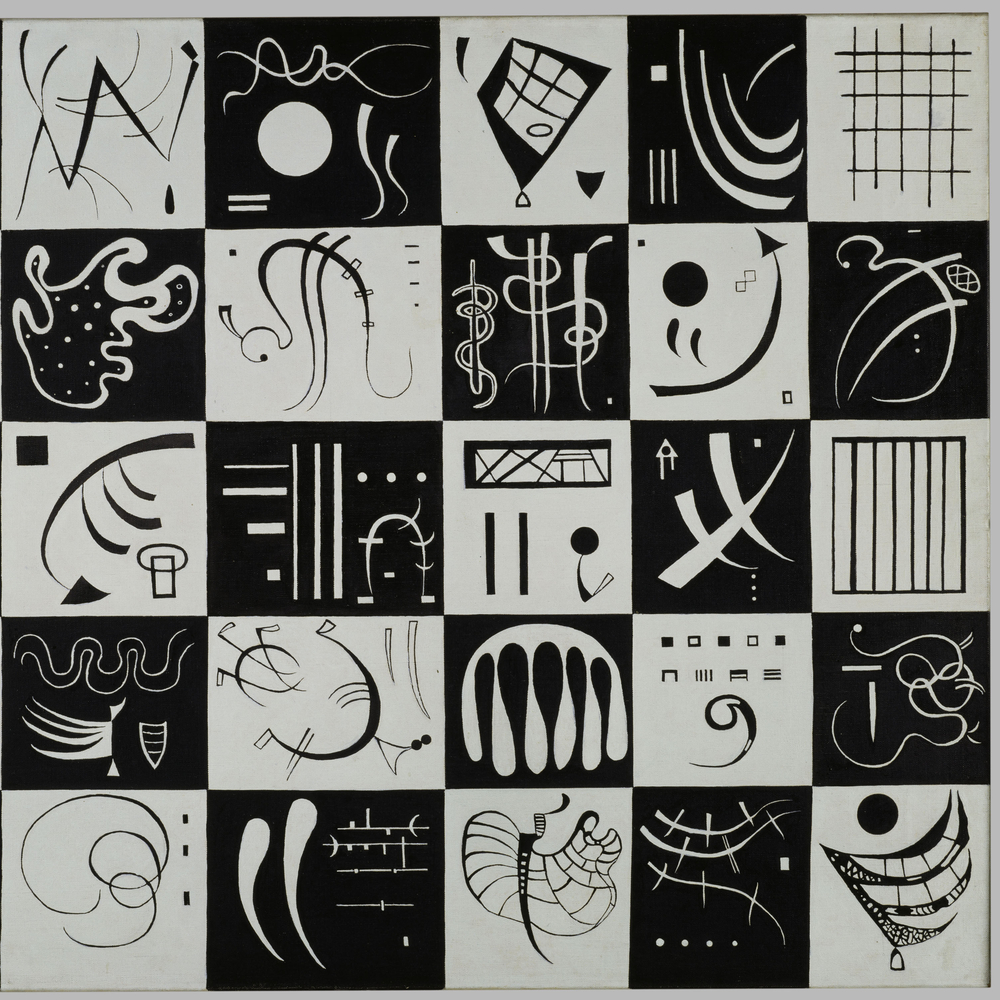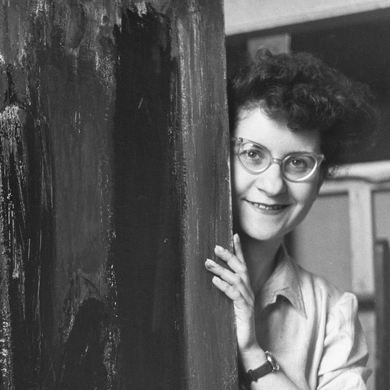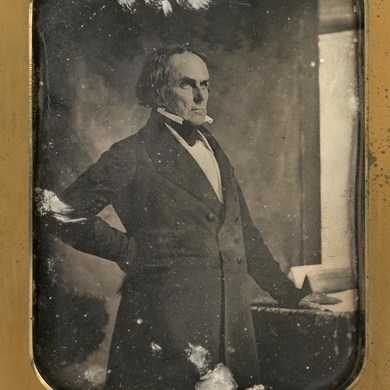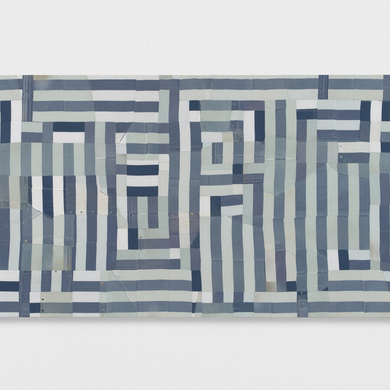In 1959, Knud W. Jensen, the founder of Denmark’s Louisiana Museum of Contemporary Art, traveled to Germany for the exhibition documenta II. It was “the biggest art shock” of his life, Jensen would say, and it led him to explosive revelations regarding the power of “non-figurative” work, which he wrote about in a 15-page illustrated essay. The style, he observed, predominated at the show and triumphed over the representational. “The victory,” he wrote, was a “world language,” a phrase now widely used to describe one of abstract art’s central aims—to communicate without shared language, experience, or references. This exhibition shows how artists like Joan Miró, Paul Klee, Jackson Pollock, and Henri Matisse—all on view here—used West African and Asian calligraphy to convey what could not be put into words, and to transcend differences and cultures. Also on display are three contemporary artists whose work continues to reach for a “world language.” —C.J.F.
Arts Intel Report
Abstraction and Calligraphy: Towards a Universal Language

When
Feb 17 – June 12, 2021
Where
Etc
Vassily Kandinsky, “Trente (Thirty),” 1937. Courtesy of Louvre Abu Dhabi and Centre Pompidou, Paris.



